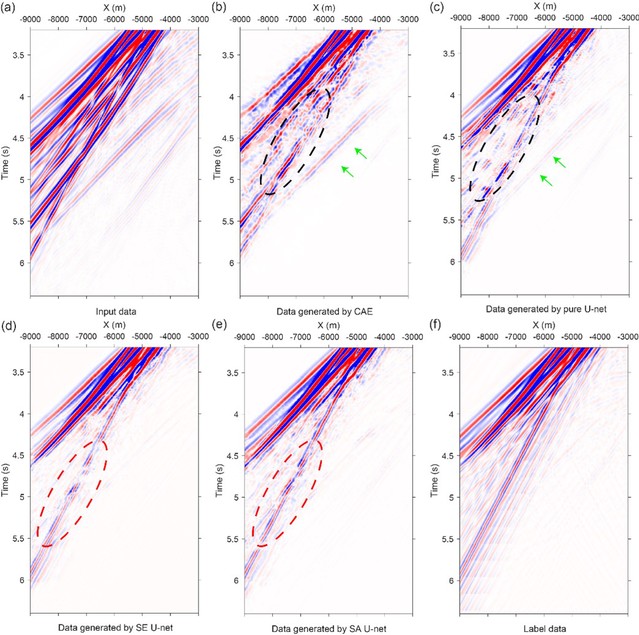Zhiwei Gu1, Liurong Tao2, Haoran Ren2, Ru-Shan Wu3, Jianhua Geng4
1Tongji University, State Key Laboratory of Marine Geology, Shanghai 200092, China
2Key Laboratory of Geoscience Big Data and Deep Resource of Zhejiang Province, School of Earth Sciences, Zhejiang University, Hangzhou 310027, China
3Modeling and Imaging Laboratory, Department of Earth and Planetary Sciences, University of California at Santa Cruz, Santa Cruz, CA 95064, USA
4Tongji University, State Key Laboratory of Marine Geology, Shanghai 200092, China; Tongji University, School of Ocean and Earth Science, Shanghai 200092, China, and Tongji University, Center for Marine Resources, Shanghai 200092
Abstract:
Deep neural networks (DNNs) can automatically fetch specific features from seismic data, which can be used in the process of multiple elimination. An extended single-sided autofocusing guided by an inverse-scattering theory is introduced to remove internal multiples in a data-driven manner, which can be used as labels in DNNs. In this research, we have developed a novel workflow to explore the potential of neural networks in identifying the internal multiples with the guidance of inverse-scattering theory. In particular, we use the U-net with a self-attention (SA) block during the training process, which could extract features from seismic data effectively. The neural network is fed with training data pairs, consisting of the shot records with internal multiples, and the primary-only datasets as labels, which are generated by an extended single-sided autofocusing method. The testing pairs show that internal multiple elimination via the neural network takes the advantage of the extended single-sided autofocusing method and is cheaper when the neural network is well-trained. The numerical results demonstrate the promising performances of the SA U-net method in terms of noise resistance, internal multiples elimination, and the reverse time migration (RTM) images, in comparison with the extended single-sided autofocusing method.
Full article:https://ieeexplore.ieee.org/abstract/document/10040659



